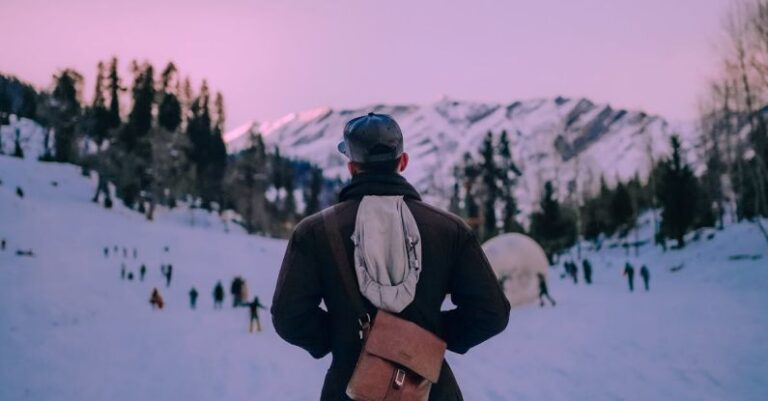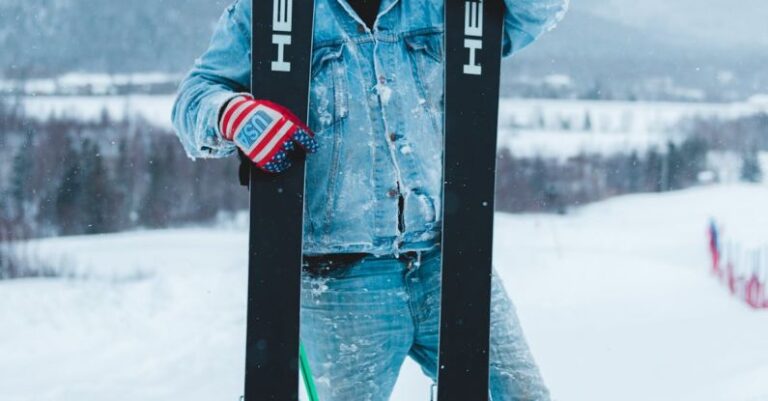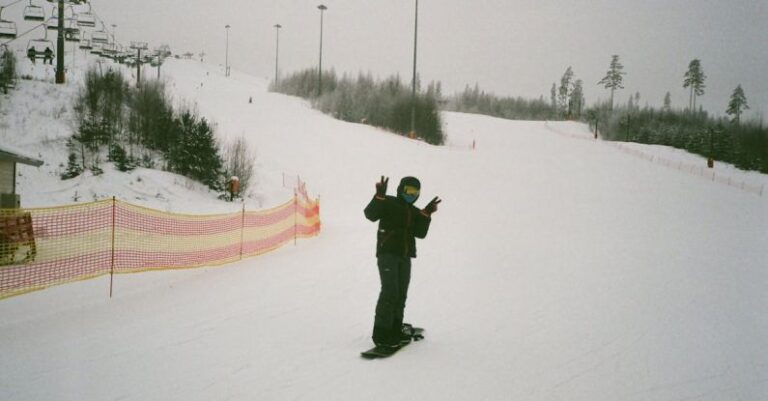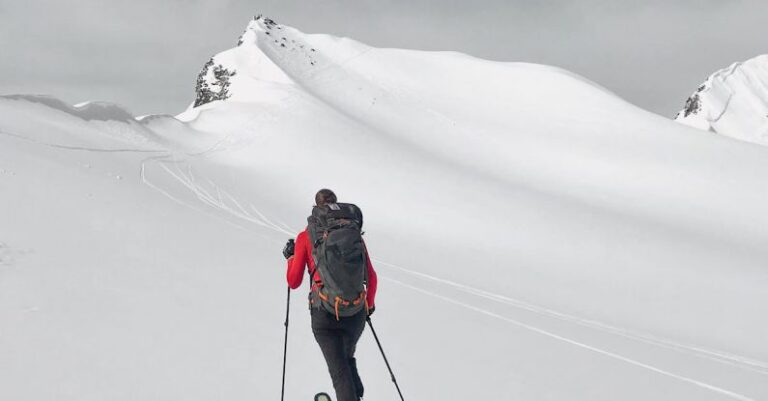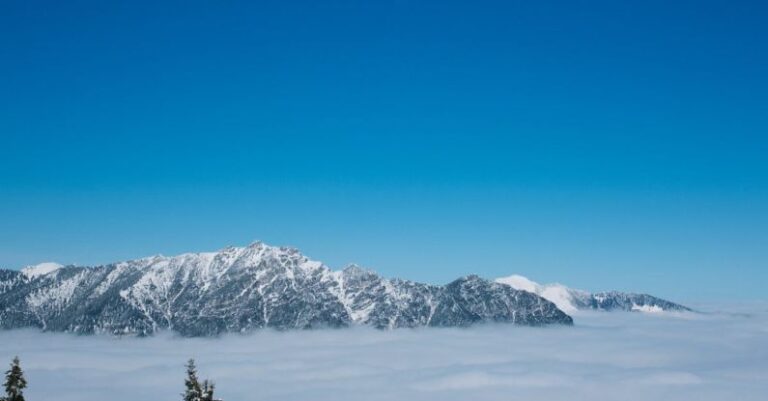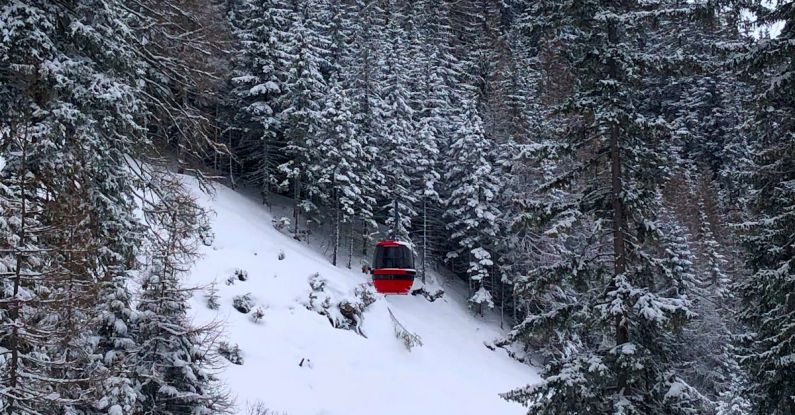
Backcountry skiing, with its promise of untouched powder and pristine landscapes, is an exhilarating and rewarding experience for many outdoor enthusiasts. However, the allure of the backcountry comes with its fair share of risks that should not be taken lightly. Whether you are a seasoned backcountry skier or a beginner looking to delve into this thrilling activity, it is crucial to understand the potential dangers that come with venturing off the beaten path.
**Unpredictable Weather Conditions**
One of the most significant risks of backcountry skiing is the unpredictability of weather conditions. Unlike skiing at a resort where groomed trails are monitored and controlled, the backcountry is at the mercy of nature. Snowstorms can quickly roll in, reducing visibility and increasing the risk of avalanches. Extreme cold temperatures can also pose a threat to skiers, leading to frostbite and hypothermia if proper precautions are not taken. It is essential to check weather forecasts thoroughly before heading out and be prepared for sudden changes in conditions.
**Avalanche Danger**
Avalanches are a constant and deadly threat in the backcountry. The combination of steep slopes, snow accumulation, and human activity can trigger these powerful natural disasters with little warning. Even experienced skiers can find themselves in avalanche-prone areas, making it crucial to have the proper training and equipment to mitigate the risk. Carrying essential avalanche safety gear such as beacons, shovels, and probes, as well as undergoing formal avalanche education, can significantly increase your chances of survival in case of an avalanche.
**Terrain Hazards**
Navigating through unfamiliar and rugged terrain can expose skiers to various hazards, including cliffs, crevasses, and tree wells. Tree wells, in particular, are a hidden danger often overlooked by backcountry skiers. These deep holes of loose snow around the base of trees can trap skiers who fall in, leading to suffocation or injury. It is essential to ski cautiously and be aware of your surroundings at all times to avoid these potential hazards.
**Isolation and Communication**
Unlike skiing at a resort where help is readily available, backcountry skiers often find themselves in remote and isolated areas with limited access to communication. In case of an emergency, rescue efforts can be challenging and time-consuming, putting skiers at risk of prolonged exposure to the elements. Carrying communication devices such as satellite phones or personal locator beacons can be a lifeline in critical situations, allowing skiers to call for help when needed.
**Physical Exertion and Fatigue**
Backcountry skiing requires a high level of physical fitness and endurance due to the demanding nature of the terrain and the lack of mechanical assistance. Skiing uphill to reach untouched powder can be exhausting, leading to fatigue and decreased decision-making abilities. Pushing yourself beyond your limits can result in injuries or accidents, emphasizing the importance of pacing yourself and knowing when to turn back to ensure a safe and enjoyable experience.
**Conclusion: Safety First in the Backcountry**
While backcountry skiing offers a unique and unparalleled skiing experience, it is essential to prioritize safety above all else when venturing into uncharted territory. Understanding the risks associated with backcountry skiing, being prepared with the right gear and knowledge, and making informed decisions based on current conditions are key to mitigating potential dangers. By staying vigilant, respecting the unpredictable forces of nature, and always being prepared for the unexpected, backcountry skiers can enjoy the thrill of the wilderness while minimizing the inherent risks that come with this exhilarating sport.
